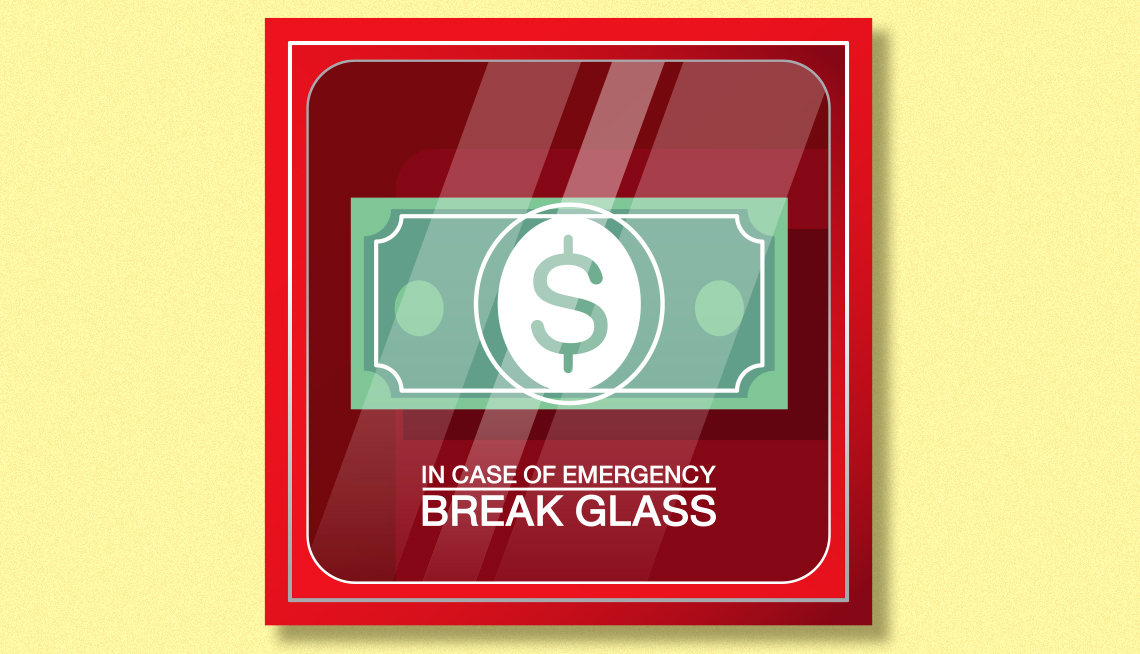Early retirement plan withdrawals: more options to avoid tax penalty
- Select a language for the TTS:
- UK English Female
- UK English Male
- US English Female
- US English Male
- Australian Female
- Australian Male
- Language selected: (auto detect) - EN

Play all audios:

If you do need to make a withdrawal, SECURE 2.0 also makes it easier for you to make your case. When you go to your retirement plan administrator to request a hardship distribution, you can
“self-certify,” meaning the administrator can take your word for it that there is a qualifying hardship and that you have no other funds available to address it. Talk to your plan
administrator about the specific rules of your plan, Pruemm advises. They will be able to tell you if you qualify for a penalty-free withdrawal or can take advantage of other workplace
saving opportunities. Whatever you decide to do, she adds, “what's great is that SECURE 2.0 offers a lot more options.” AN INCENTIVE TO SAVE? While the changes make it easier for people
to take withdrawals from their retirement accounts, they may also encourage them to save more, notes Dan Doonan, executive director of the National Institute on Retirement Security. Someone
with little savings may be hesitant to stash money in a retirement account because it means locking the money up for a long time, he says. “Having some outs [in case of emergency] might
make them more comfortable saving," Doonan says. Financial experts regularly recommend having at least three to six months of living expenses readily available in case of emergency, but
many Americans can’t afford that kind of a cushion. Thirty-seven percent of Americans would have trouble covering an unexpected $400 expense, according to a May 2024 Federal Reserve report.
Inflation, which reached a 40-year high in 2022, has compounded the problem. According to Vanguard, 3.6 percent of retirement plan participants took out a hardship withdrawal in 2023, up
from 2.8 percent the year before. While SECURE 2.0 makes such withdrawals less painful in certain situations, it also aims to help people avoid having to take them by providing new pathways
to build rainy-day savings. Employers that offer retirement plans can now also automatically enroll most workers in emergency savings accounts. Up to 3 percent of the employee’s after-tax
wages would go into the emergency account; when the balance reaches $2,500, additional contributions can be directed into the worker’s retirement plan. While employees can opt out of the
emergency plan, “any option that's out there that can help you save and impede drawing on retirement funds prior to retirement is a great resource,” says Dan Simon, a retirement
planning adviser at Daniel A. White & Associates in Middletown, Delaware. “If an employer is offering some type of savings vehicle emergency-type fund, I would certainly encourage
people to take advantage of it,” he says.